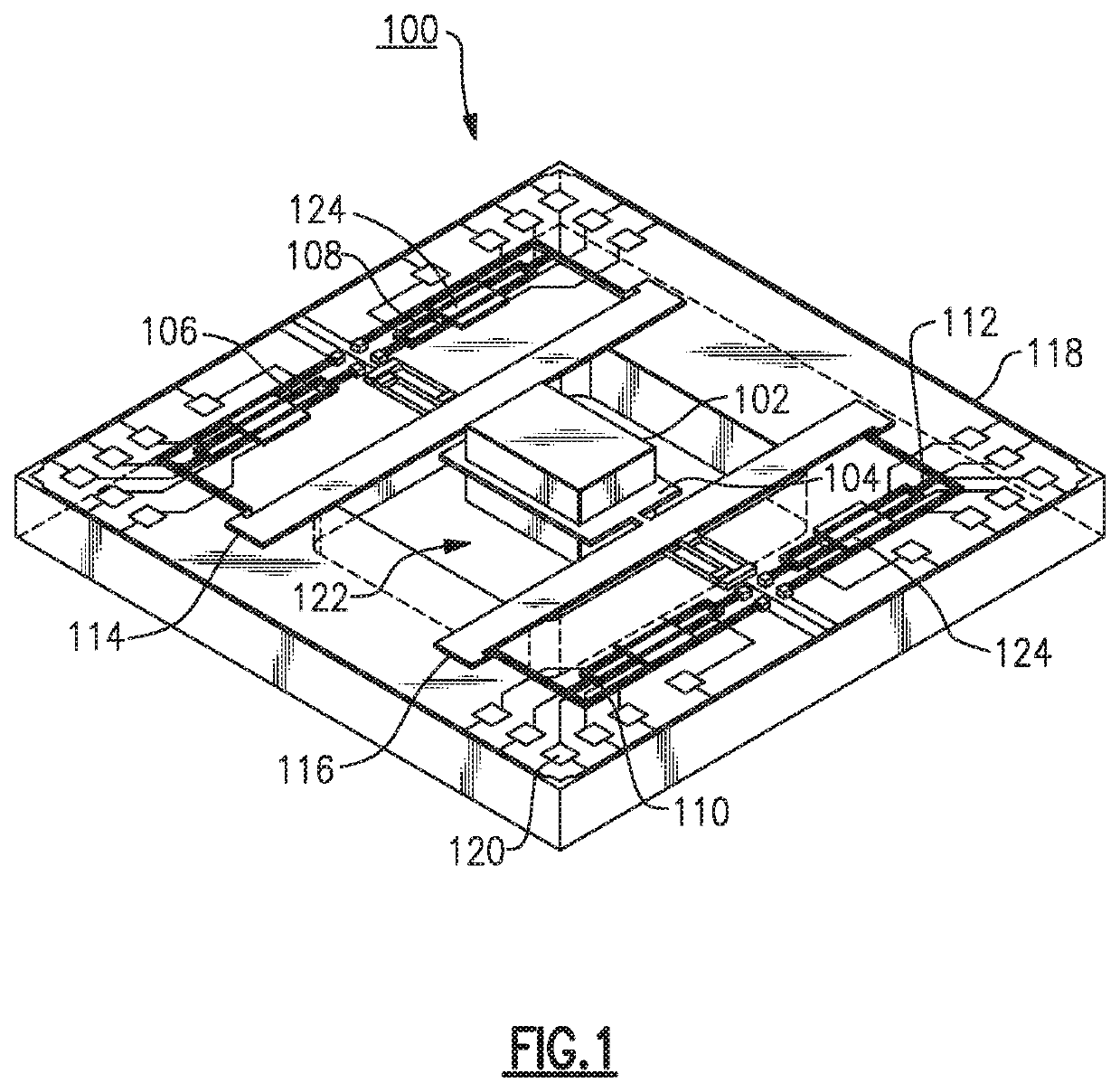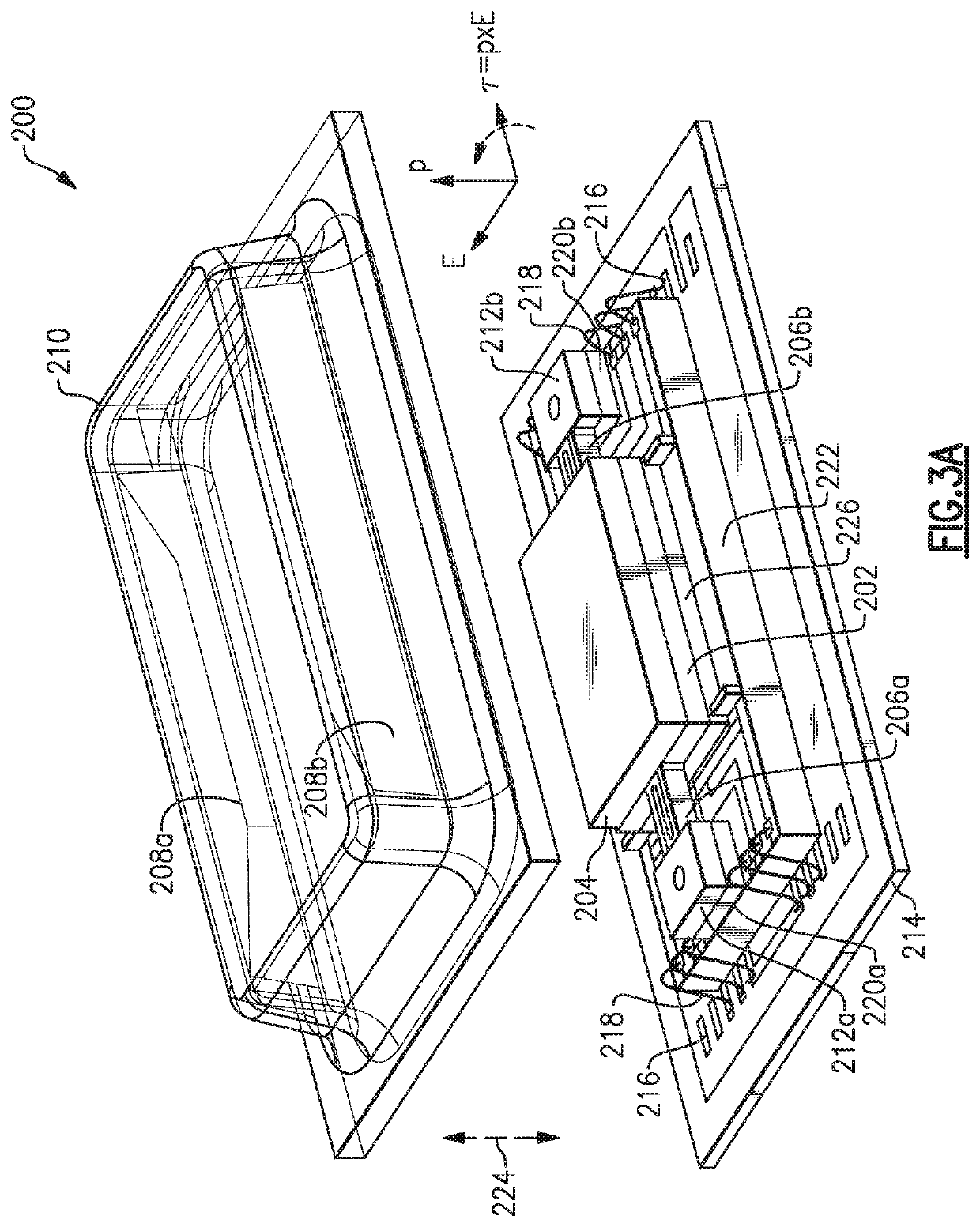Electromagnetic gradiometers
a gradiometer and electromagnetic technology, applied in the direction of magnetic gradient measurement, magnetic field measurement using permanent magnets, instruments, etc., can solve the problems of difficult extension of magnetometer technology, high cost of magnetic shielding, and significant background interferen
- Summary
- Abstract
- Description
- Claims
- Application Information
AI Technical Summary
Benefits of technology
Problems solved by technology
Method used
Image
Examples
Embodiment Construction
[0029]Although magnetics technology may be viewed as mature, advancing applications continue to drive the need to develop and improve precision magnetometers. For example, the advent of low cost unmanned aerial vehicles, has provided an avenue to improve the cost effectiveness of large-scale magnetic surveys. This in turn drives a need to achieve very high levels of performance (low noise) while operating in the Earth field with low size, weight and power (SWaP).
[0030]The various challenges associated with magnetometers discussed above have prevented the widespread adoption of advanced magnetometer systems that operate in the open ambient field of the Earth. One approach to addressing the discussed challenges includes measuring a magnetic field gradient instead of the field itself. The gradient of clutter, which tends to come from distant sources, is remarkably different than the signal source, which tends to be at a much closer range to the sensor. Therefore, the gradient provides ...
PUM
 Login to View More
Login to View More Abstract
Description
Claims
Application Information
 Login to View More
Login to View More - R&D
- Intellectual Property
- Life Sciences
- Materials
- Tech Scout
- Unparalleled Data Quality
- Higher Quality Content
- 60% Fewer Hallucinations
Browse by: Latest US Patents, China's latest patents, Technical Efficacy Thesaurus, Application Domain, Technology Topic, Popular Technical Reports.
© 2025 PatSnap. All rights reserved.Legal|Privacy policy|Modern Slavery Act Transparency Statement|Sitemap|About US| Contact US: help@patsnap.com



